Keyhole gardens? Anyone done one?
howelbama
11 years ago
Featured Answer
Sort by:Oldest
Comments (15)
t-bird
11 years agoplanatus
11 years agoRelated Professionals
Leawood Landscape Architects & Landscape Designers · Allentown Landscape Contractors · Pelham Landscape Contractors · Wakefield Landscape Contractors · Cockeysville Landscape Contractors · Nashua Landscape Contractors · North Haven Landscape Contractors · Oxnard Landscape Contractors · Rockland Landscape Contractors · Waldorf Landscape Contractors · Wareham Landscape Contractors · Weymouth Landscape Contractors · Quartz Hill Landscape Contractors · Pike Creek Valley Gardeners & Lawn Care · Canton Driveway Installation & Maintenancehowelbama
11 years agogardenlen
11 years agonc_crn
11 years agodigdirt2
11 years agohowelbama
11 years agoausbirch
11 years agoplanatus
11 years agoLM321
11 years agogardenlen
11 years agojonfrum
11 years agonc_crn
11 years agojonfrum
11 years ago
Related Stories
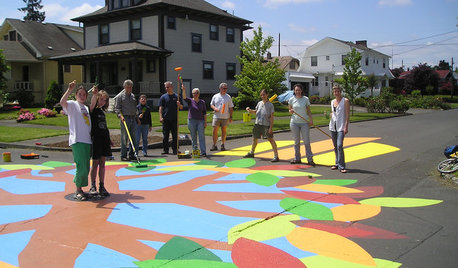
COMMUNITYCommunity Building Just About Anyone Can Do
Strengthen neighborhoods and pride of place by setting up more public spaces — even small, temporary ones can make a big difference
Full Story
LAUNDRY ROOMSThe Cure for Houzz Envy: Laundry Room Touches Anyone Can Do
Make fluffing and folding more enjoyable by borrowing these ideas from beautifully designed laundry rooms
Full Story
HOME OFFICESThe Cure for Houzz Envy: Home Office Touches Anyone Can Do
Borrow these modest design moves to make your workspace more inviting, organized and personal
Full Story
KITCHEN DESIGNThe Cure for Houzz Envy: Kitchen Touches Anyone Can Do
Take your kitchen up a notch even if it will never reach top-of-the-line, with these cheap and easy decorating ideas
Full Story
MUDROOMSThe Cure for Houzz Envy: Mudroom Touches Anyone Can Do
Make a utilitarian mudroom snazzier and better organized with these cheap and easy ideas
Full Story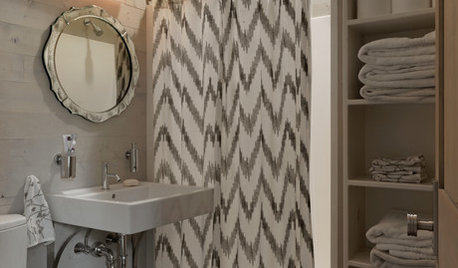
BATHROOM DESIGNThe Cure for Houzz Envy: Bathroom Touches Anyone Can Do
Take your bath from blah to ‘ahhhh’ with just a few easy and inexpensive moves
Full Story
BEDROOMSThe Cure for Houzz Envy: Master Bedroom Touches Anyone Can Do
Make your bedroom a serene dream with easy moves that won’t give your bank account nightmares
Full Story
DECLUTTERINGGet It Done: Clean Out Your Bedroom Closet
You can do it. Sort, purge, clean — and luxuriate in all the extra space you’ll gain — with this motivating, practical how-to
Full Story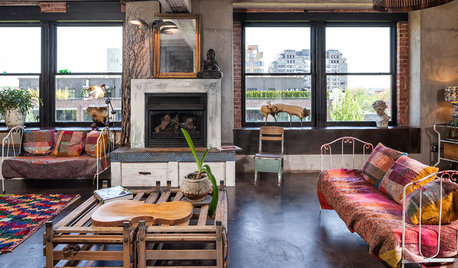
DECORATING GUIDESBean There, Done That: Coffee Table Alternatives
Get creative with these ideas for salvaged and DIY pieces that will get people talking
Full Story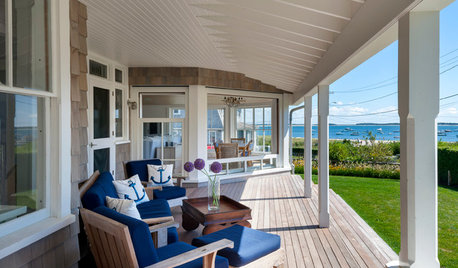
COASTAL STYLECasual Coastal Style Done 6 Ways
Give your beachy style a British accent, a Southern twang or a crisp New England tone — whatever coastal style speaks to you, this can help
Full Story
Sponsored
More Discussions






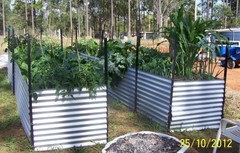

t-bird